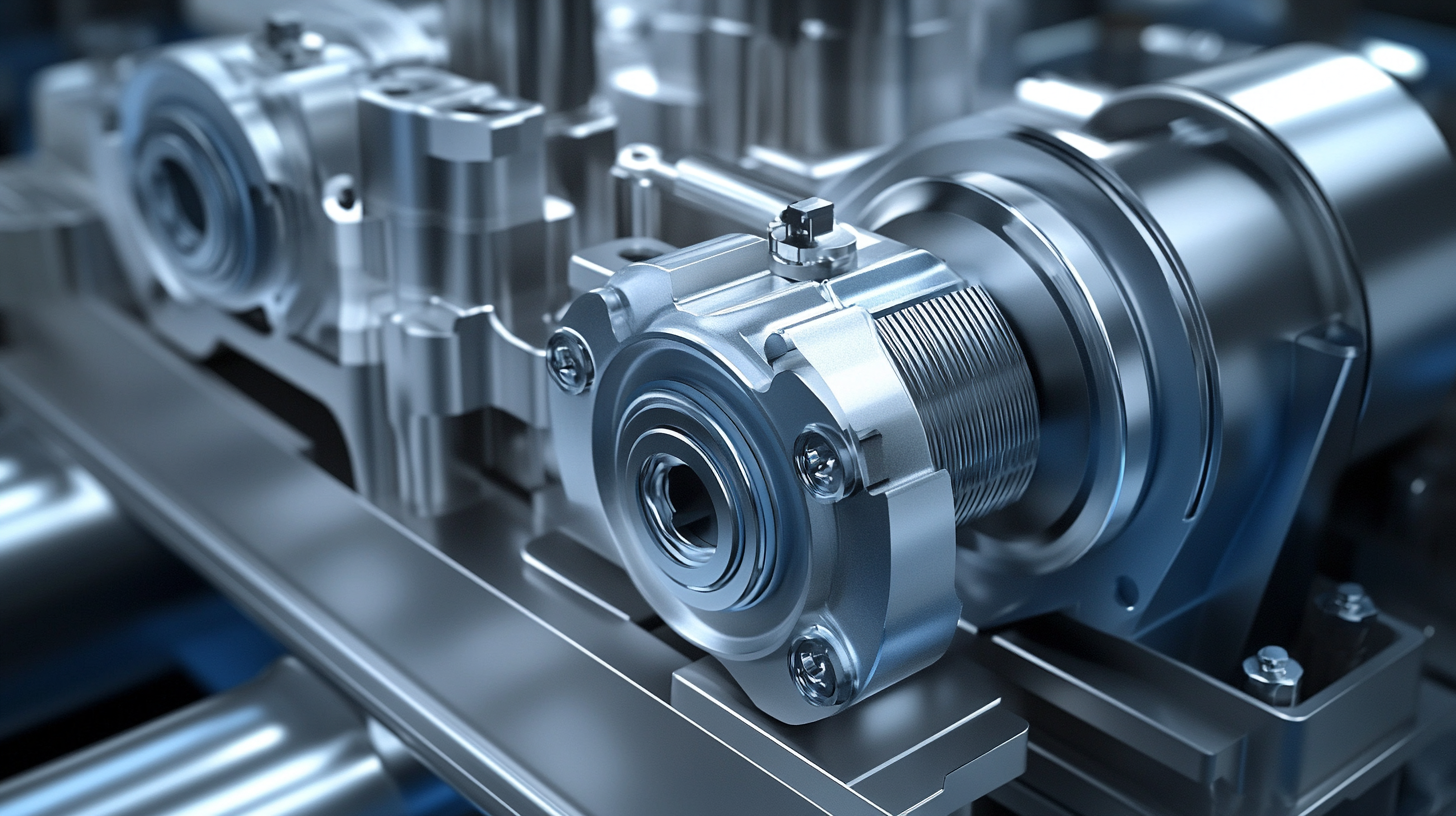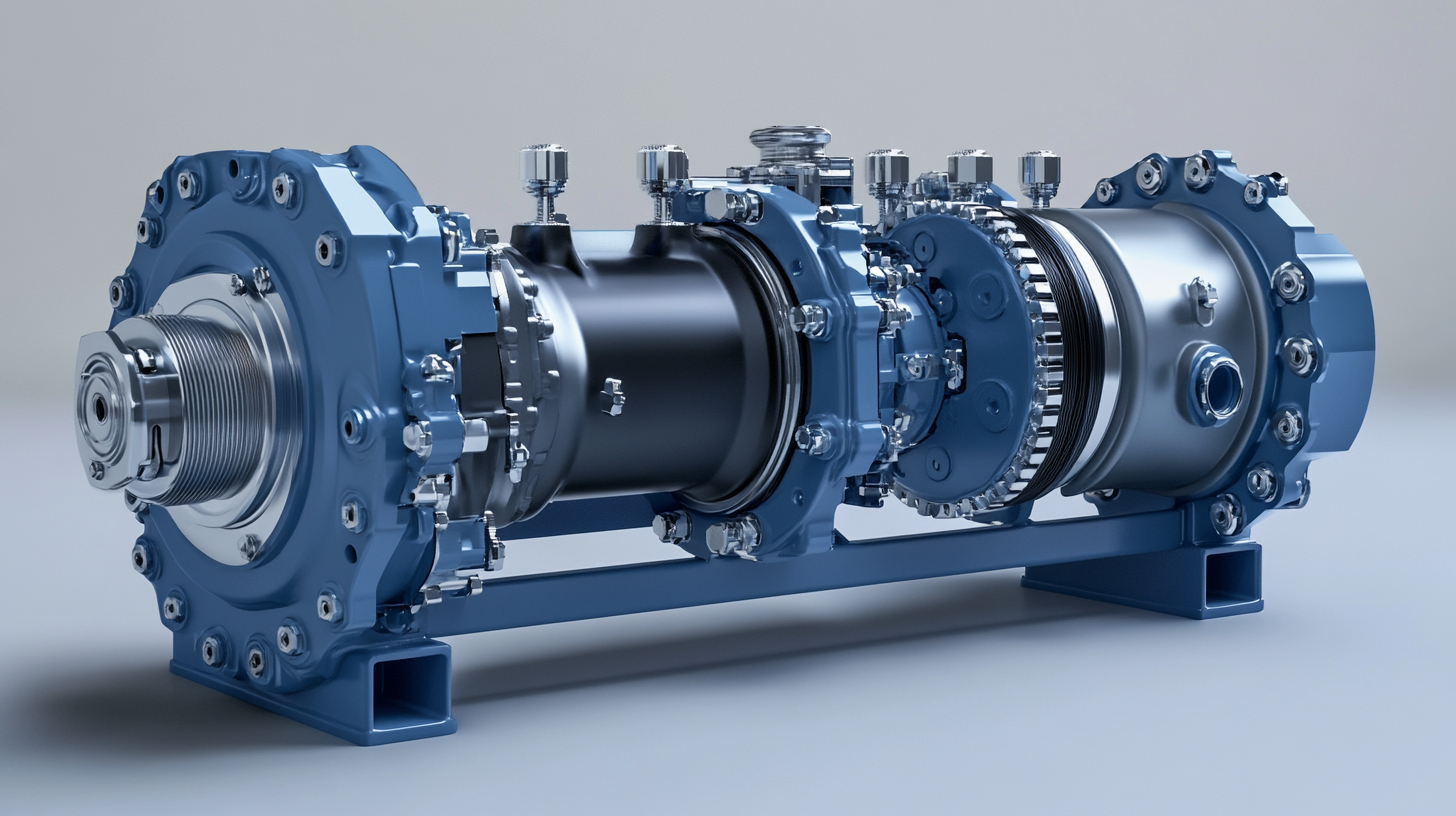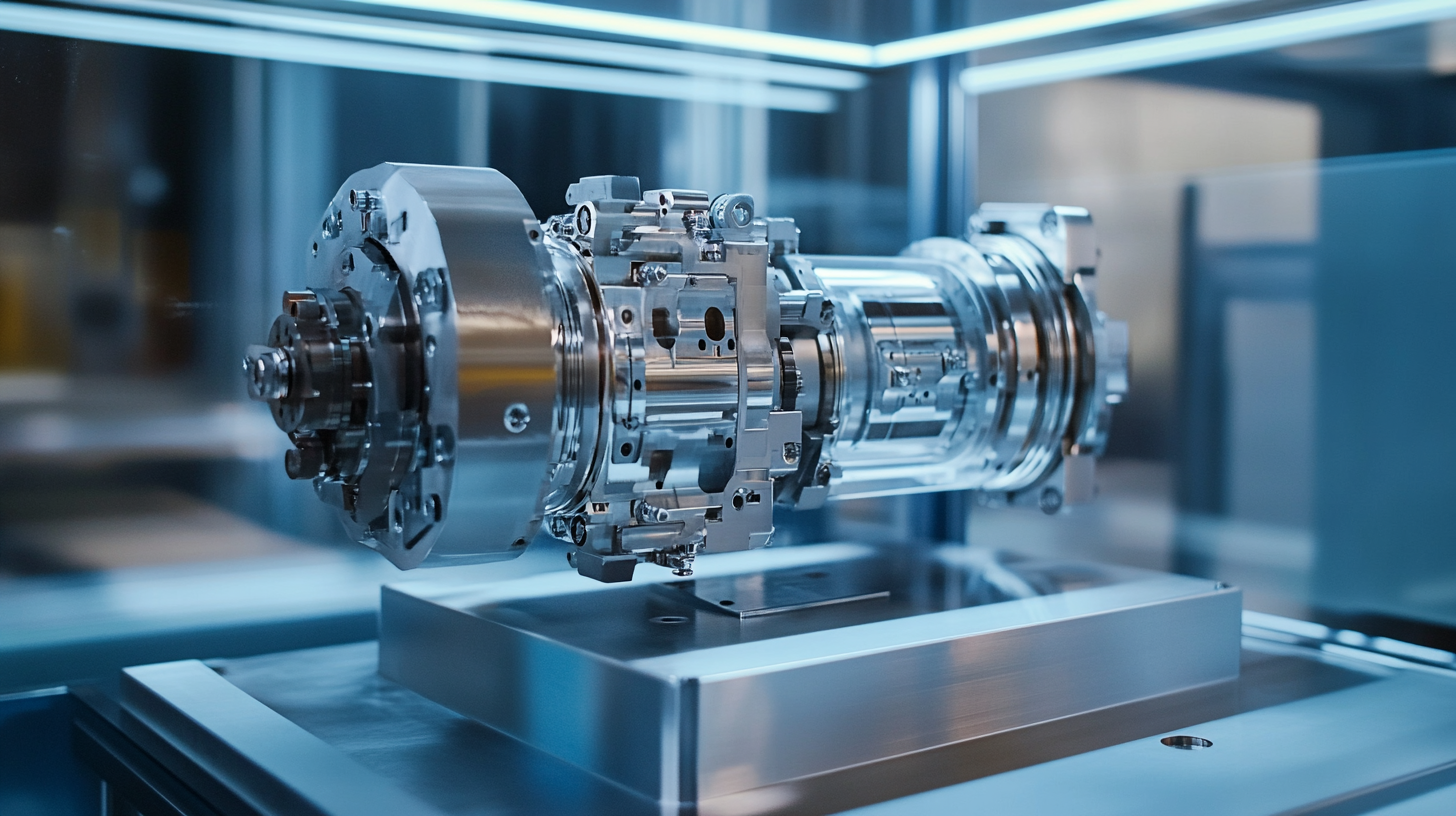- Our Products
- Repairs & Service
- Custom Design
- Blog
- About Us
- Resources
- Industries
- Contact Us
- Contact Bestrei UK
- Compliments / Complaints
- Global Supply
In today's fast-paced industrial landscape, efficiency is paramount, and one of the critical components driving this efficiency is the Hydraulic Oil Pump. As businesses across various sectors seek to optimize their operations, the demand for advanced hydraulic solutions continues to grow. These innovative hydraulic oil pumps not only streamline processes but also enhance overall productivity, making them indispensable tools in the modern supply chain. By integrating cutting-edge technology with intelligent design, these systems play a pivotal role in ensuring that machinery operates at peak performance, thereby unlocking new levels of efficiency.
Moreover, as global procurement becomes increasingly competitive, understanding the advantages of advanced hydraulic oil pumps is essential for organizations looking to maintain their edge. With a diverse range of options available, selecting the right hydraulic oil pump can significantly influence operational success and cost-effectiveness. In this blog, we will explore the latest advancements in hydraulic pump technology, examine their impact on global procurement strategies, and provide insights for businesses aiming to harness the full potential of these powerful tools. Join us as we delve into the world of hydraulic oil pumps and discover how they can transform efficiency in your operations.

The hydraulic oil pump industry is witnessing a transformative phase, driven by the continual advancement of technology and the growing demand for efficiency in various applications. Recent reports indicate that the global hydraulic pump market is projected to reach $10.6 billion by 2025, with a compound annual growth rate (CAGR) of 4.4% from 2020 to 2025. This growth is fueled by innovations in hydraulic oil pump technologies, which focus on enhancing performance, reliability, and energy efficiency.
One of the significant trends in hydraulic oil pump technology is the integration of IoT (Internet of Things) capabilities. By enabling real-time monitoring and data collection, IoT-connected pumps allow for predictive maintenance, drastically reducing downtime and operational costs. A study by MarketsandMarkets highlights that the IoT in the industrial sector is expected to grow from $157 billion in 2020 to $457 billion by 2025, which underlines the increasing significance of smart technologies in hydraulic applications.
Moreover, advancements in materials and design are leading to the development of more compact and lightweight hydraulic oil pumps. This innovation not only improves their efficiency but also makes them suitable for various mobile applications, such as construction and agricultural machinery. According to a report by ResearchAndMarkets, the demand for lightweight hydraulic pumps is anticipated to skyrocket as industries seek to enhance productivity while minimizing energy consumption. As these advancements continue to unfold, businesses engaged in global procurement of hydraulic oil pumps must stay informed to leverage these opportunities effectively.
This chart illustrates the efficiency improvements realized by adopting advanced hydraulic oil pump technologies across various sectors in 2023. The data showcases the percentage increase in efficiency relative to traditional systems.
In the competitive landscape of manufacturing, maximizing operational efficiency is crucial for success. Innovative pump designs, particularly in hydraulic oil pumps, are at the forefront of driving this efficiency. Advanced hydraulic oil pump solutions are not only enhancing performance but also enabling global procurement strategies that capitalize on cost-effectiveness and reliability. According to a recent industry report, companies implementing cutting-edge pump technology report an average efficiency increase of 20%, significantly impacting their bottom line.
As we move into 2025, the future of pump technology is poised for dramatic advancements. Innovations such as AI-driven predictive maintenance and smart pump systems are reshaping the industry. These technologies allow manufacturers to monitor pump performance in real-time, reducing downtime and operational costs by nearly 15% when proactively addressing issues before they escalate. The integration of AI also opens new pathways for innovation, pushing the boundaries of what is possible in fluid dynamics and fluid transfer systems.
Moreover, with the looming challenges posed by climate change and sustainability, the demand for energy-efficient hydraulic solutions is soaring. According to the Global Hydraulic Components Market report, the sector is expected to grow by 8% annually, driven by the need for pumps that consume less energy and reduce emissions. Emphasizing operational efficiency while embracing cutting-edge design and technology is critical for any manufacturing entity aiming to thrive in an increasingly demanding market.
| Pump Model | Flow Rate (L/min) | Pressure (bar) | Efficiency (%) | Application |
|---|---|---|---|---|
| HP-1000 | 50 | 100 | 90 | Construction Equipment |
| HP-2000 | 70 | 120 | 92 | Agricultural Machinery |
| HP-3000 | 80 | 150 | 95 | Manufacturing Units |
| HP-4000 | 100 | 200 | 93 | Mining Operations |
| HP-5000 | 90 | 180 | 91 | Oil & Gas Industry |
In today's competitive industrial landscape, effective global procurement strategies for hydraulic oil pumps are vital for companies seeking to enhance their operational efficiency. As businesses expand their reach worldwide, the selection and acquisition of hydraulic oil pumps become crucial in ensuring smooth operations across different sectors, including construction, manufacturing, and transportation. The latest market trends indicate a significant growth trajectory for hydraulic pump solutions, with projections highlighting a rapid expansion over the next decade.
A pivotal element of successful procurement strategies involves understanding the dynamics of the hydraulic pumps market. With an expected compound annual growth rate (CAGR) indicating robust demand for efficient hydraulic systems, organizations must stay ahead of market developments to optimize their supply chains. By leveraging advanced hydraulic oil pump solutions, businesses can ensure they are investing in technologies that not only meet their current needs but also adapt to future demands.
Moreover, as the global industrial pumps market continues to expand, driven by evolving technological advancements and increasing need for energy-efficient systems, procurement strategies must incorporate sustainability and innovation. Companies that prioritize strategic partnerships with leading manufacturers can gain a competitive edge by accessing cutting-edge hydraulic solutions that contribute to cost savings and enhanced productivity. Thus, the development of a comprehensive global procurement strategy is essential for entities looking to thrive in the ever-evolving hydraulic oil pump market.

The hydraulic oil pump industry is increasingly recognizing the crucial role of sustainability in the global procurement process. As companies and consumers become more environmentally conscious, the demand for advanced hydraulic oil pump solutions that incorporate sustainable practices is on the rise. These solutions not only help reduce the carbon footprint of operations but also optimize resource use, ensuring a more sustainable approach to manufacturing and distribution.
Innovative designs in hydraulic oil pumps contribute to energy efficiency, which is a significant aspect of sustainability. Manufacturers are now focusing on creating pumps that consume less energy while maintaining high performance and reliability. This shift not only aligns with global sustainability goals but also helps companies reduce operational costs. Furthermore, the use of biodegradable and recyclable materials in pump production minimizes environmental impact, offering a greener alternative to traditional pump solutions.
Additionally, the consideration of lifecycle assessments in the procurement process allows organizations to assess the full environmental impact of hydraulic oil pumps. By evaluating the entire lifespan of these products—from production to disposal—businesses can make informed decisions that favor environmentally friendly options. As a result, adopting advanced hydraulic oil pump solutions becomes a key strategy for organizations looking to enhance their sustainability credentials while unlocking efficiency in their operations.

In the realm of hydraulic pump implementation, success stories abound that showcase the transformative power of advanced hydraulic oil pump solutions. One notable case involved a manufacturing facility that was grappling with inefficiencies in its production line. By integrating a state-of-the-art hydraulic pump system, the plant was able to significantly reduce downtime and streamline operations. The upgraded system not only enhanced the flow rate but also improved energy consumption metrics, resulting in a remarkable return on investment within the first year of implementation.
Another compelling example comes from the automotive sector, where a major supplier faced challenges related to fluctuating pressure levels in their hydraulics. The deployment of a customized hydraulic oil pump solution led to heightened adaptability and precision in their assembly processes. Through meticulous adjustments and real-time monitoring, the new system enabled the supplier to maintain optimal performance even in high-demand scenarios, thus ensuring consistent quality and output. The success of these implementations illustrates that with the right hydraulic pump technologies, organizations can achieve unprecedented efficiency and reliability in their operations.
Bestrei UK has a strong footprint across Europe
United Kingdom, Ireland, France, Germany, Norway, Finland Sweden, Spain, Italy